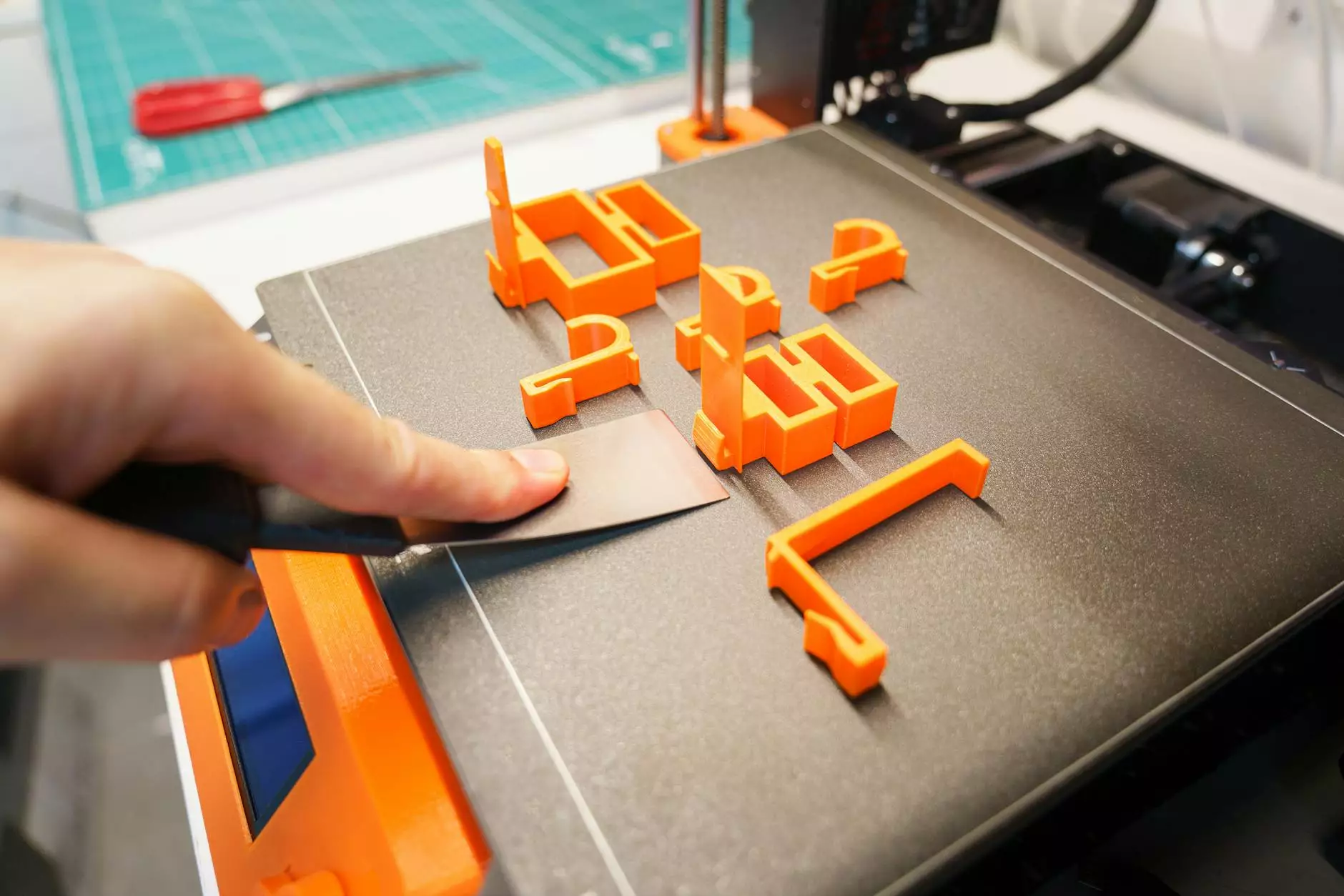Understanding Excision Laparoscopy: A Comprehensive Guide

What is Excision Laparoscopy?
Excision laparoscopy is a minimally invasive surgical procedure used primarily to diagnose and treat various gynecological conditions. It allows surgeons to access the pelvic area through small incisions rather than making larger cuts associated with traditional surgeries. This approach significantly reduces recovery time and minimizes postoperative complications.
The Importance of Excision Laparoscopy
The significance of excision laparoscopy in modern medicine cannot be overstated. It represents a shift towards less invasive techniques that enhance patient outcomes and satisfaction. Here are some key benefits:
- Reduced Recovery Time: Patients often resume normal activities much quicker.
- Less Pain: Smaller incisions mean less trauma to the body, resulting in Reduced discomfort.
- Minimal Scarring: The small incisions help ensure that scars are less noticeable.
- Lower Risk of Infection: Reduced surgical exposure decreases the likelihood of infections.
Conditions Treated with Excision Laparoscopy
Excision laparoscopy is versatile and can address numerous gynecological issues. Some of the most common conditions treated include:
- Endometriosis: Painful tissue growth outside the uterus.
- Ovarian Cysts: Fluid-filled sacs that can cause discomfort and complications.
- Uterine Fibroids: Non-cancerous growths that can lead to heavy periods and pain.
- Pelvic Pain: Chronic pain often requiring thorough investigation and treatment.
The Procedure of Excision Laparoscopy
The process of excision laparoscopy typically involves several key steps:
- Anesthesia: Patients usually receive general anesthesia for comfort.
- Small Incisions: The surgeon makes a few tiny incisions in the abdomen.
- Inserting Trocars: Small tubes allow instruments and a camera to enter the abdomen.
- Visualization: The surgeon uses a laparoscope (a thin tube with a camera) to view the internal organs.
- Excision of Tissue: Targeted tissues such as cysts, fibroids, or endometrial lesions are excised carefully.
- Closing the Incisions: The small incisions are closed typically with sutures or adhesive.
Postoperative Care and Recovery
Post-excision laparoscopy, patients will follow several guidelines to ensure a smooth recovery:
- Rest: It's crucial to allow time for the body to heal.
- Pain Management: Over-the-counter or prescribed medication may be necessary.
- Hydration and Nutrition: Staying hydrated and consuming a balanced diet aids in recovery.
- Follow-Up Appointments: Regular visits to the doctor are important to monitor healing.
Safety and Risks
While excision laparoscopy is considered safe, like all surgeries, it does carry some risks:
- Infection: There is a potential for infection at the incision sites.
- Bleeding: Some patients may experience blood loss during or after the procedure.
- Damage to Surrounding Organs: There is a small risk of damage to other organs in the vicinity.
- Adhesions: Scar tissue formation can occur, sometimes leading to further complications.
Choosing the Right Surgeon for Excision Laparoscopy
Selecting the right surgeon for excision laparoscopy is critical. You should consider the following factors:
- Experience: Look for a surgeon with extensive experience in laparoscopic procedures.
- Specialization: Choose someone specializing in gynecological surgeries.
- Patient Testimonials: Research reviews and testimonials from previous patients.
- Hospital Affiliation: Ensure they are affiliated with reputable medical facilities.
Why Patients Choose Dr. Seckin
At drseckin.com, Dr. Seckin and his team are dedicated to providing exemplary care in the field of excision laparoscopy. Here’s why patients recommend our practice:
- Expertise: Dr. Seckin has years of experience, with a proven track record of successful surgeries.
- Patient-Centric Approach: We prioritize patient comfort and satisfaction throughout every step of care.
- Advanced Technology: Our practice uses state-of-the-art equipment and techniques to ensure the best outcomes.
- Comprehensive Care: We offer holistic care that includes consultation, surgery, and follow-up support.
Conclusion
Excision laparoscopy represents a significant advancement in the field of gynecological surgery, offering patients enhanced recovery experiences while effectively treating a variety of conditions. If you are suffering from gynecological issues, it might be time to consider excision laparoscopy. With expert care from professionals like those at drseckin.com, you can feel confident in your treatment path.
Get Started Today!
If you are interested in learning more about excision laparoscopy or wish to schedule a consultation, visit drseckin.com today. Your path to better health starts here!









